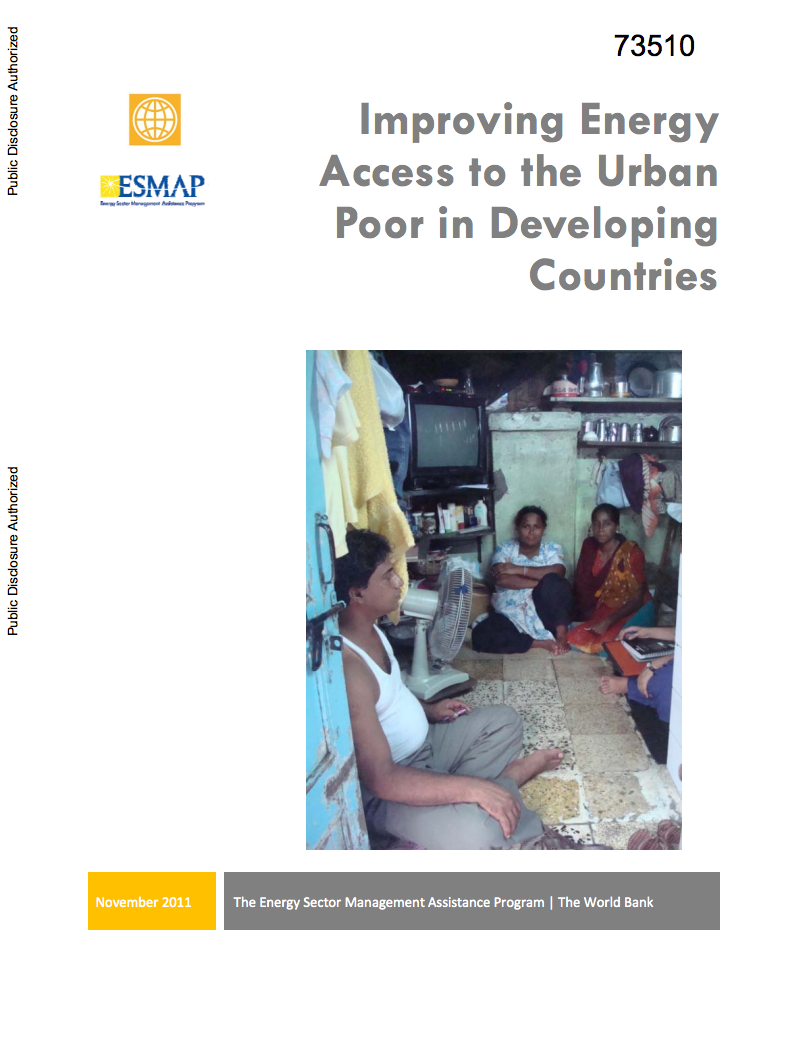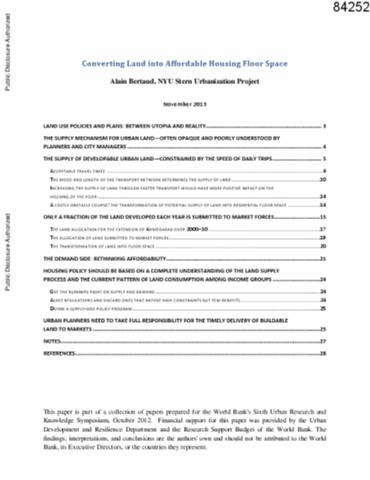Egypt Public Land Management Strategy : Volume 2. Background Notes on Access to Public Land by Investment Sector--Industry, Tourism, Agriculture, and Real Estate Development
The main objective of the Egypt Public
Land Management Strategy is to provide the Government of
Egypt (GOE) with practical and politically feasible policy
recommendations to reform existing public land management
policies and practices in the aim of improving the business
climate in Egypt. This study is presented in two volumes:
Volume one with the main policy note, supported by Volume
two with background notes on access to public land by



